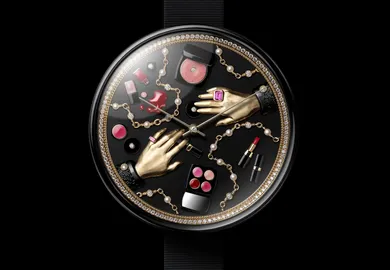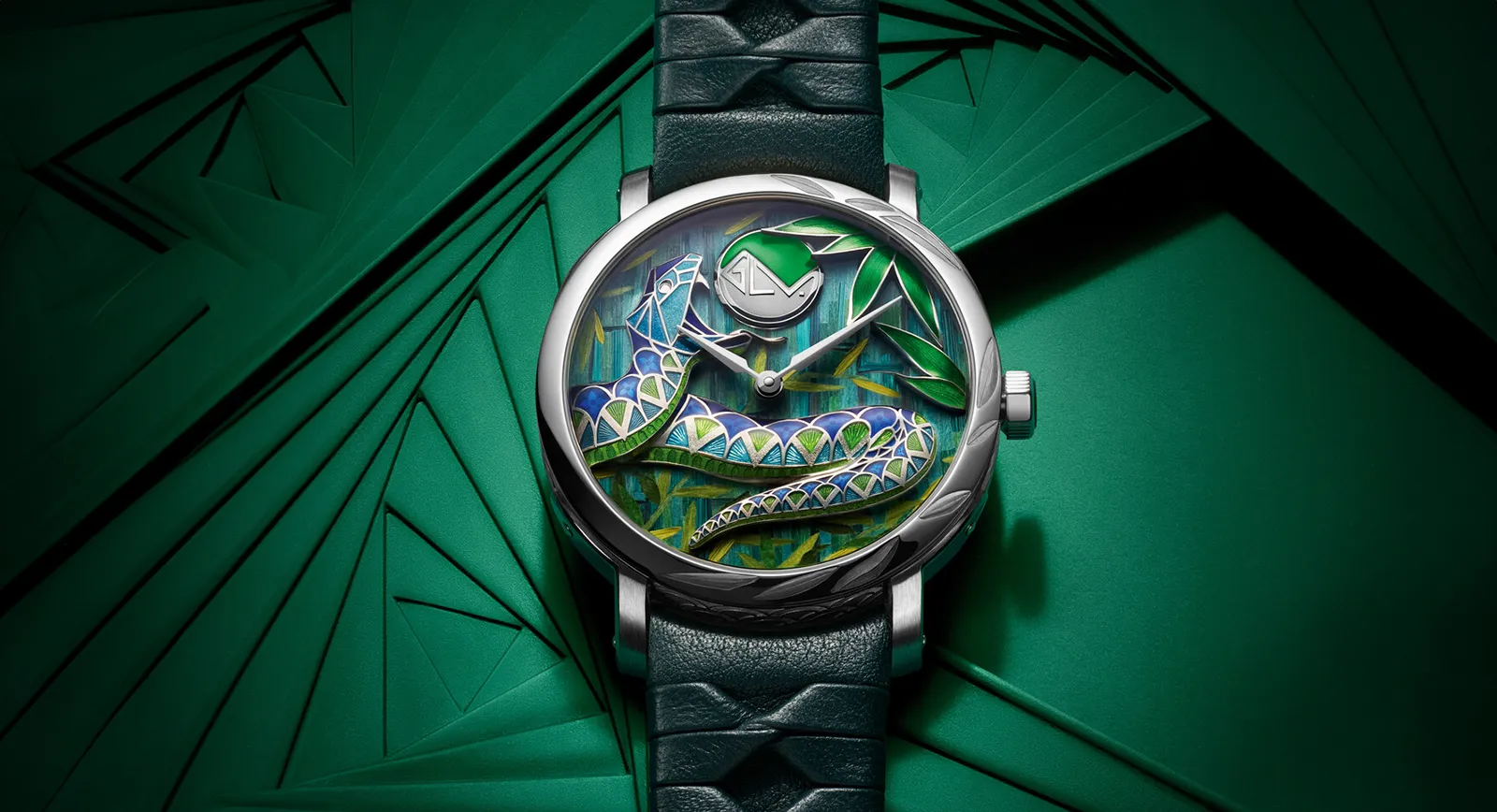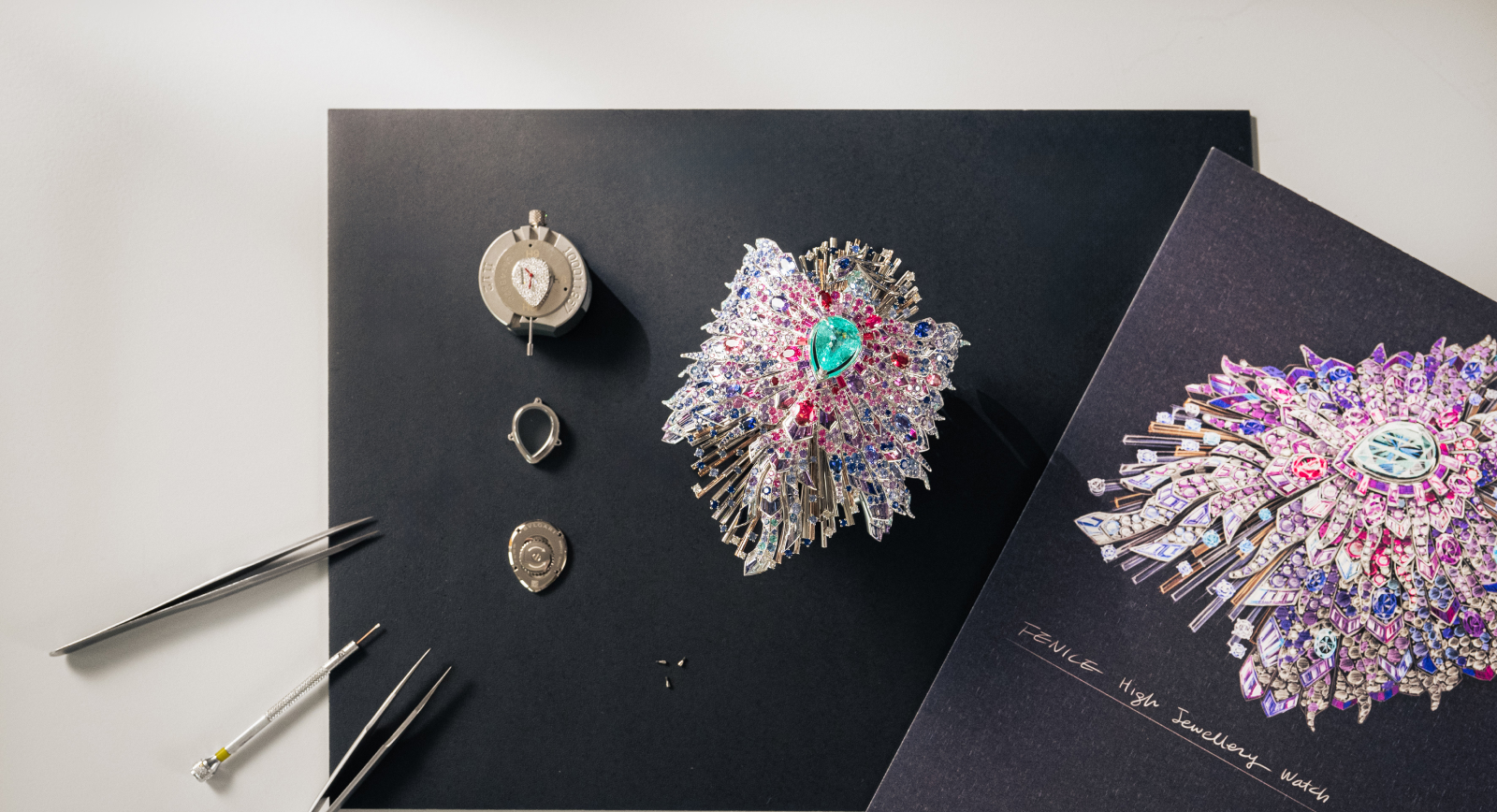

Puzzle Pieces: Introducing the Masters of Marquetry in Luxury Watches
As watchmakers seek to stand out through artisanal crafts, many are turning to experts in marquetry to create one-of-a-kind dials. Working with a diverse collection of materials, from wood and feathers to gemstone fragments, these artisans painstakingly build up exquisite collages, writes Rachael Taylor.
Completing a regular jigsaw is task enough for most of us. But what if the pieces you had to put together were nanoscopic in comparison, with no convenient interlocking blanks and tabs and no picture on the box to guide you? This is the challenge for the marquetry artist. The watch world is no stranger to working in microns. Infinitesimal precision is, after all, its passion, so watchmakers no doubt feel an affinity with the marquetry maker. They both work on intricate puzzles, and at some watch maisons the two crafts are being united.
This story is available to Katerina Perez Club members.
Premium Membership
£15/month
Billed monthly. Cancel anytime*
Elite Membership
£13/month
Billed annualy. Cancel any time*
Already have an Account?








